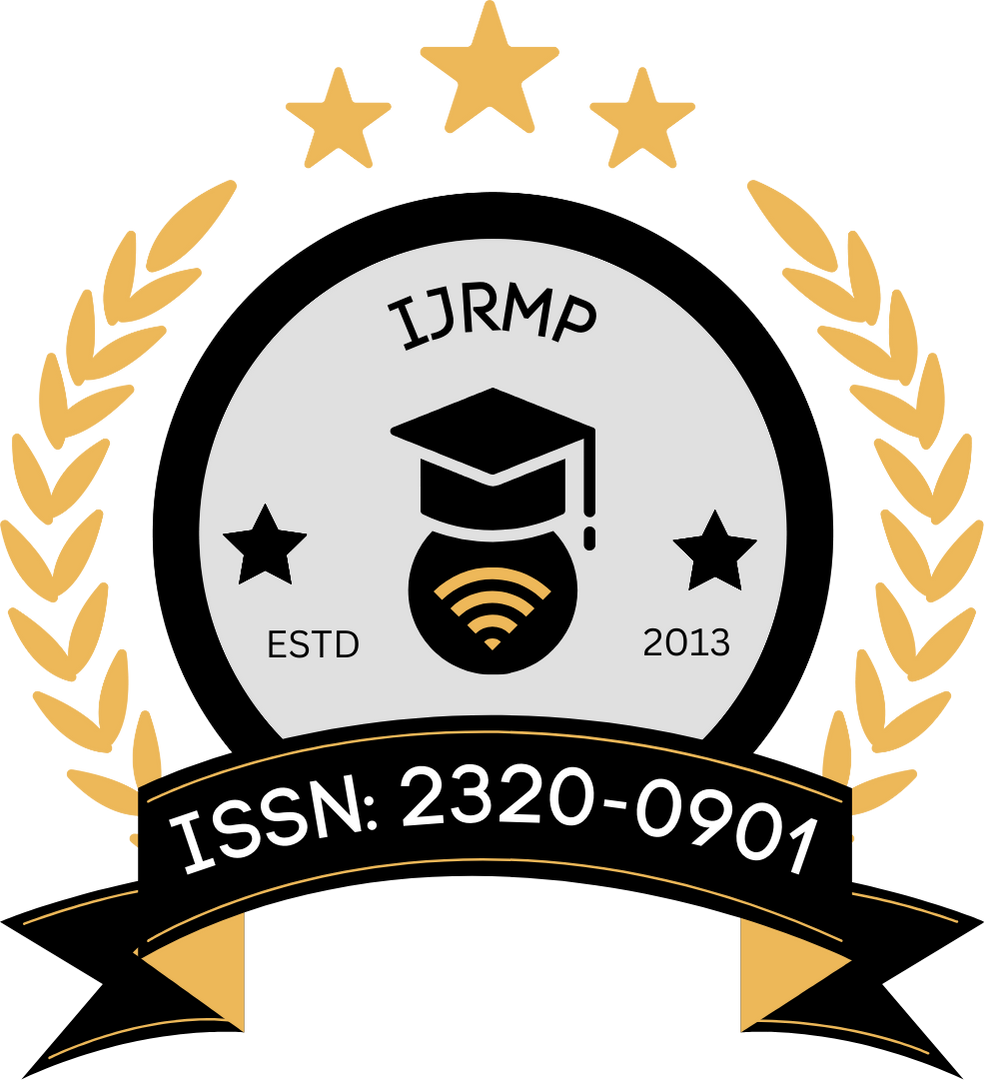![]()
Vaidehi Deshmukh
Independent Researcher
Maharashtra, India
Abstract
Pharmacovigilance plays a critical role in ensuring patient safety by detecting, assessing, and preventing adverse drug reactions (ADRs). With the evolving healthcare landscape, digitization offers a promising avenue to streamline pharmacovigilance in hospital pharmacies. This study evaluates the cost-effectiveness of implementing digital pharmacovigilance systems compared to traditional manual methods. Through a literature-based and hospital case study approach, the manuscript highlights improvements in ADR detection rates, reporting timeliness, and operational costs. The findings suggest that digitized systems enhance pharmacovigilance efficiency, promote regulatory compliance, and reduce long-term healthcare expenditures. However, challenges in system integration, staff training, and data security persist. The study contributes to evidence-based policymaking and strategic planning for hospital pharmacy operations.
Keywords
Pharmacovigilance; Hospital Pharmacy; Digitization; Cost-Effectiveness; Adverse Drug Reaction; Electronic Reporting System; Healthcare Technology; Medication Safety; Drug Monitoring; Patient Safety
References
- Nebeker, J. R., Hoffman, J. M., Weir, C. R., Bennett, C. L., & Hurdle, J. F. (2005). High rates of adverse drug events in a highly computerized hospital. Archives of Internal Medicine, 165(10), 1111–1116. https://doi.org/10.1001/archinte.165.10.1111
- Lopez-Gonzalez, E., Herdeiro, M. T., & Figueiras, A. (2009). Determinants of under-reporting of adverse drug reactions: A systematic review. Drug Safety, 32(1), 19–31. https://doi.org/10.2165/00002018-200932010-00002
- Zhan, C., Hicks, R. W., Blanchette, C. M., Keyes, M. A., & Cousins, D. D. (2006). Potential benefits and problems with computerized prescriber order entry: Analysis of a voluntary medication error-reporting database. American Journal of Health-System Pharmacy, 63(4), 353–358. https://doi.org/10.2146/ajhp050213
- WHO Collaborating Centre for International Drug Monitoring. (2002). Safety Monitoring of Medicinal Products: Guidelines for Setting up and Running a Pharmacovigilance Centre. Uppsala: World Health Organization.
- Pal, S. N., Duncombe, C., Falzon, D., & Olsson, S. (2013). WHO strategy for collecting safety data in public health programmes: Complementing spontaneous reporting systems. Drug Safety, 36(2), 75–81. https://doi.org/10.1007/s40264-012-0014-6
- Wiffen, P. J., Gill, M., Edwards, J., & Moore, A. (2002). Adverse drug reactions in hospital patients: A systematic review of the prospective and retrospective studies. British Journal of Clinical Pharmacology, 52(2), 181–185. https://doi.org/10.1046/j.1365-2125.2001.00544.x
- Harpaz, R., DuMouchel, W., Shah, N. H., Madigan, D., Ryan, P., & Friedman, C. (2012). Novel data-mining methodologies for adverse drug event discovery and analysis. Clinical Pharmacology & Therapeutics, 91(6), 1010–1021. https://doi.org/10.1038/clpt.2012.50
- Durrieu, G., Damase-Michel, C., Bourrel, R., Montastruc, F., & Montastruc, J. L. (2013). Clinical pharmacists and adverse drug reactions detection: A prospective study in a hospital. European Journal of Clinical Pharmacology, 69(1), 79–82. https://doi.org/10.1007/s00228-012-1305-6
- Hartnell, N. R., Wilson, J. P., Patel, N. R., Cribb, A., & Ferner, R. E. (2005). Attitudes among healthcare professionals to the reporting of adverse drug reactions. British Journal of Clinical Pharmacology, 59(2), 223–226. https://doi.org/10.1111/j.1365-2125.2004.02155.x
- Classen, D. C., Pestotnik, S. L., Evans, R. S., & Burke, J. P. (1997). Computerized surveillance of adverse drug events in hospital patients. JAMA, 277(4), 301–306. https://doi.org/10.1001/jama.1997.03540280047032
